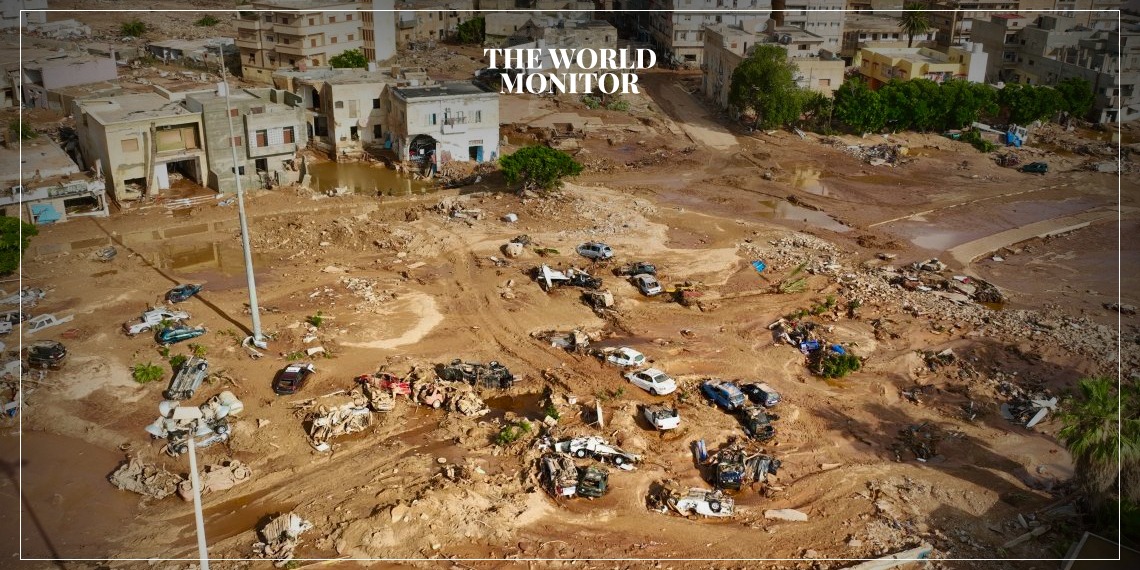A year has passed since the catastrophic Storm Daniel struck Libya, leaving behind a tragedy that the Libyan people are still grappling with. On Sunday, September 10, 2023, the powerful storm hit northeastern Libya, causing widespread destruction, flooding, and the displacement of thousands.
Initially perceived as a brief weather anomaly, Storm Daniel quickly turned into a nightmare. Accompanied by fierce winds and torrential rain, the storm triggered massive floods that ravaged entire neighborhoods, washing away thousands of homes and severely damaging infrastructure.
The devastation was worsened by the collapse of two neglected dams, highlighting years of governmental inaction and corruption. Despite numerous leadership changes, the restoration of these aging dams had been overlooked, and the consequences were dire.
A joint report by the World Bank and the European Union outlined the scale of the damage, estimating that €3.22 billion is needed for reconstruction. This includes €1.66 billion for rebuilding the destroyed infrastructure and €1.52 billion for the reconstruction of private properties, homes, and buildings.
According to the report, the disaster impacted 1.5 million people—approximately 22% of Libya’s population. The UN Office for the Coordination of Humanitarian Affairs (OCHA) reported thousands of casualties as a result of the storm.
The report also highlighted the dam collapses, attributing them to outdated hydrological data and poor maintenance. It further pointed to administrative failings in a country struggling with ongoing conflicts. Other factors that exacerbated the disaster included rapid population growth, inadequate weather forecasting, and the absence of early warning systems to evacuate those at risk.
The floods destroyed or damaged over 18,500 homes—accounting for 7% of Libya’s total housing stock—initially displacing approximately 44,800 people, including 16,000 children.
International organizations also pointed to the lack of accountability and capacity within Libyan institutions, which has posed significant challenges to the recovery process.
Mary Al-Drissi, Secretary General of the Libyan Red Crescent, stated in a press interview that the death toll has risen to 11,300, with search efforts still ongoing. Additionally, 10,100 people remain missing. Earlier reports from health authorities estimated the death toll in Derna alone at 5,500.






